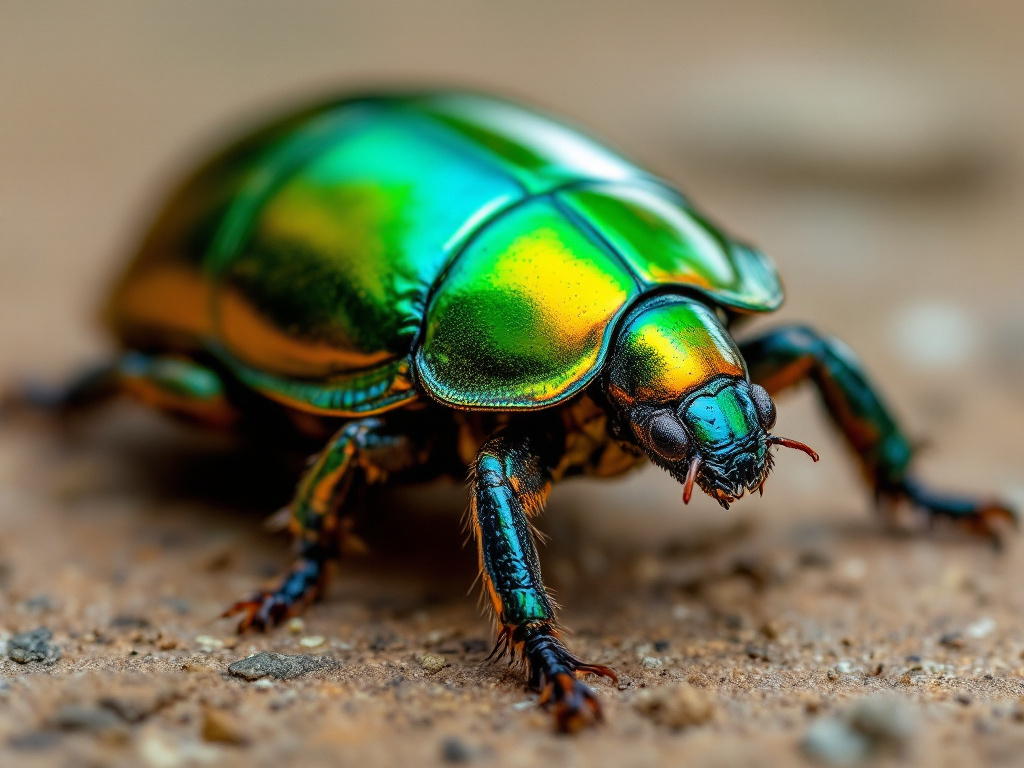Image generated by flux-ai.io & content generated by ChatGPT Version 4o-mini
Local vs. Organic: What Wakulla County Gardeners Need to Know About Plant Preferences
Residents of Wakulla County know that gardening is more than just a hobby; it’s a way of life. Whether you’re tending to a lush vegetable garden or beautifying your yard with ornamental plants, understanding what makes a plant desirable can help you make informed choices. Recent research has shed light on how Floridians feel about local versus organic ornamental plants, and the findings could impact your shopping decisions at local nurseries and garden centers.
What Do “Local” and “Organic” Mean?
In the context of plants, “local” generally refers to those grown within a short distance of where they are sold, often within 19 miles or in the same county. Supporting local growers means you are likely purchasing plants that are better adapted to your local soil and climate conditions.
“Organic” means the plants are grown without synthetic fertilizers or pesticides, adhering to strict guidelines set by the U.S. Department of Agriculture (USDA). Organic methods focus on protecting the environment and using natural resources wisely.
What Do Consumers Prefer?
A recent study surveyed Floridians to understand their preferences for local versus organic ornamental plants. The results showed that many consumers prefer local plants, with nearly 40% frequently purchasing them. In contrast, only about 8% reported buying organic ornamental plants regularly. This preference highlights the importance of supporting local farmers and businesses in Wakulla County.
Why Do Local Plants Appeal to Floridians?
Local plants have several advantages:
- Economic Support: Buying local helps boost the economy by creating jobs and keeping money within the community.
- Quality and Adaptation: Local plants are often fresher and more suited to the local climate, which means they’re likely to thrive in your garden with minimal additional irrigation.
- Environmental Impact: Purchasing plants that don’t travel far reduces transportation emissions, contributing to the protection of our local environment.
A strong recognition of locally sourced plants is evident, with 96% of survey participants viewing plants labeled as “Fresh from Florida” as local. This resonates with many Wakulla residents who value homegrown products.
How Do People View Organic Plants?
While local plants are favored, organic plants also hold value for consumers. Over 70% of respondents believe that organic plants are more environmentally friendly and use fewer harmful chemicals. Many families prioritize plant safety for children and pets. However, misconceptions exist; for instance, some believe organic plants are completely free of pesticides. In reality, organic producers can use USDA-approved natural pesticides which may be safer than synthetic alternatives.
What Does This Mean for Wakulla Residents?
For those gardening or considering starting, here are some key takeaways:
- Support Local: When shopping for plants, consider local nurseries and farmers’ markets for plants that thrive in our climate while supporting the local economy.
- Explore Organic Options: If interested in organic gardening, look for plants that meet USDA organic standards, adding value to your garden and healthier options for your family.
- Educate Yourself: Understanding the differences between local and organic can help you make informed choices that align with your values.
In conclusion, whether you’re purchasing vibrant flowering plants for your yard or fresh herbs for your kitchen, knowing the distinctions between local and organic can enhance your gardening experience. Happy planting, Wakulla!
References
FE964/FE964: Floridian Consumer Perceptions of Local Versus Organic Ornamental Plants. (n.d.). Ask IFAS – Powered by EDIS. https://edis.ifas.ufl.edu/publication/FE964


